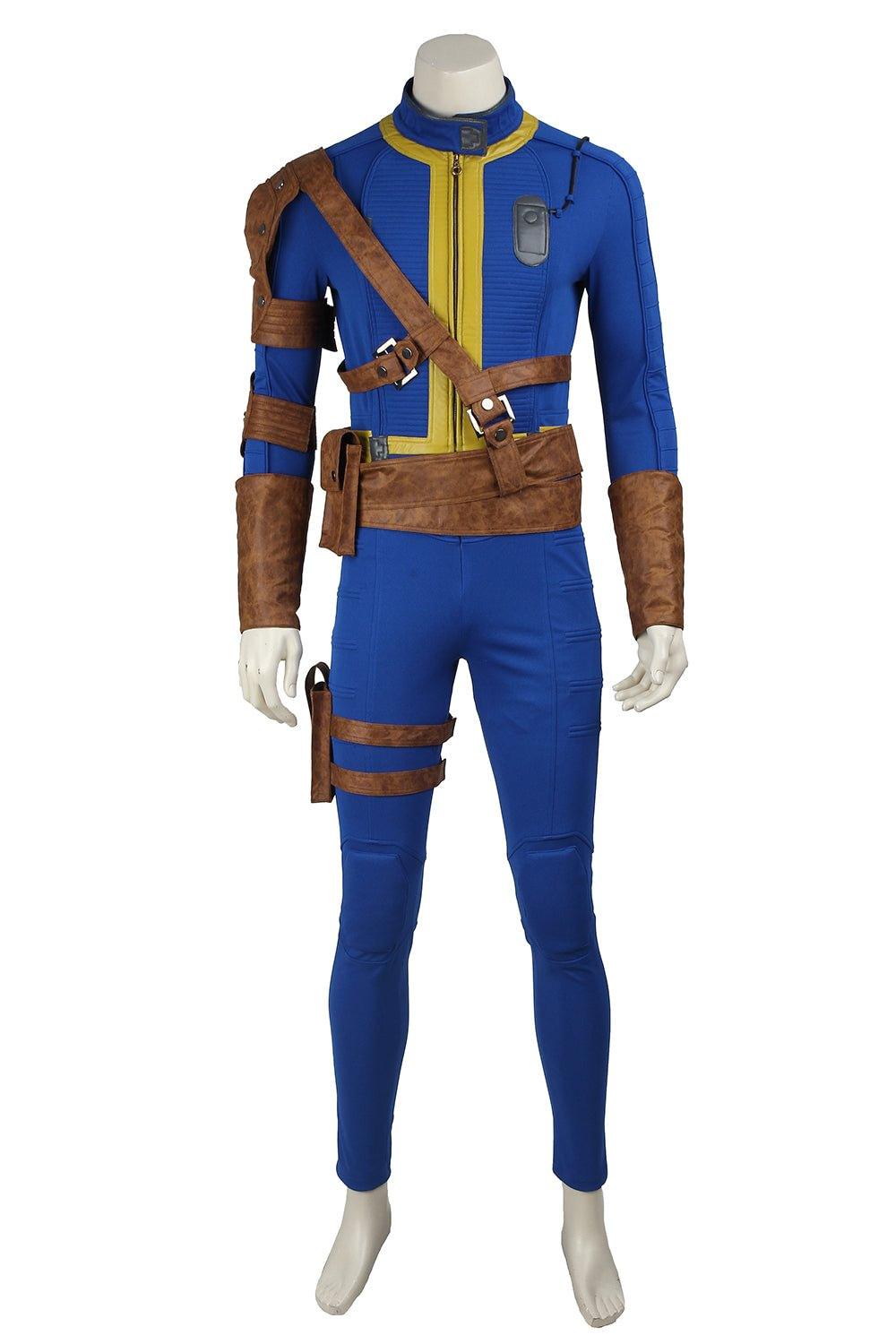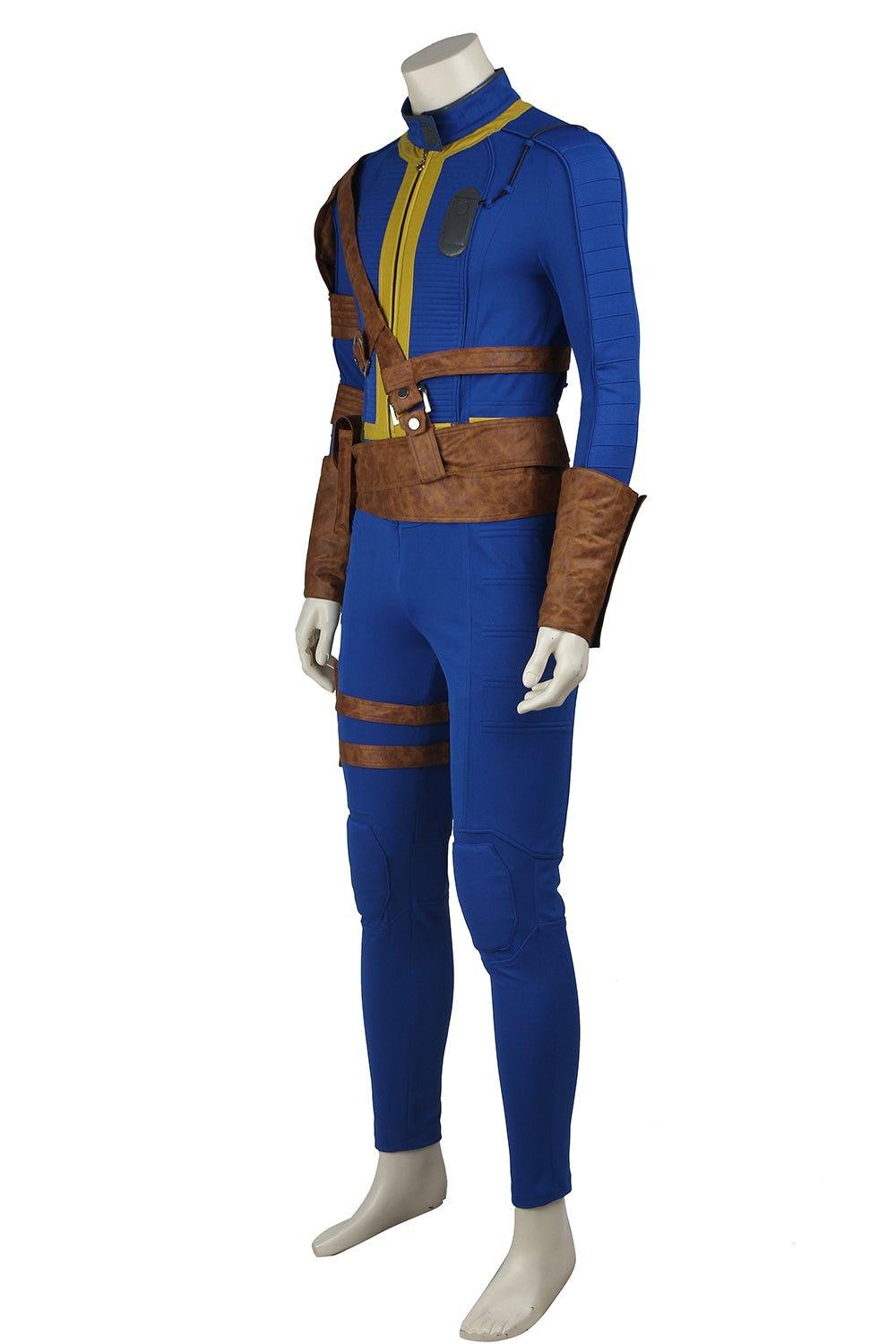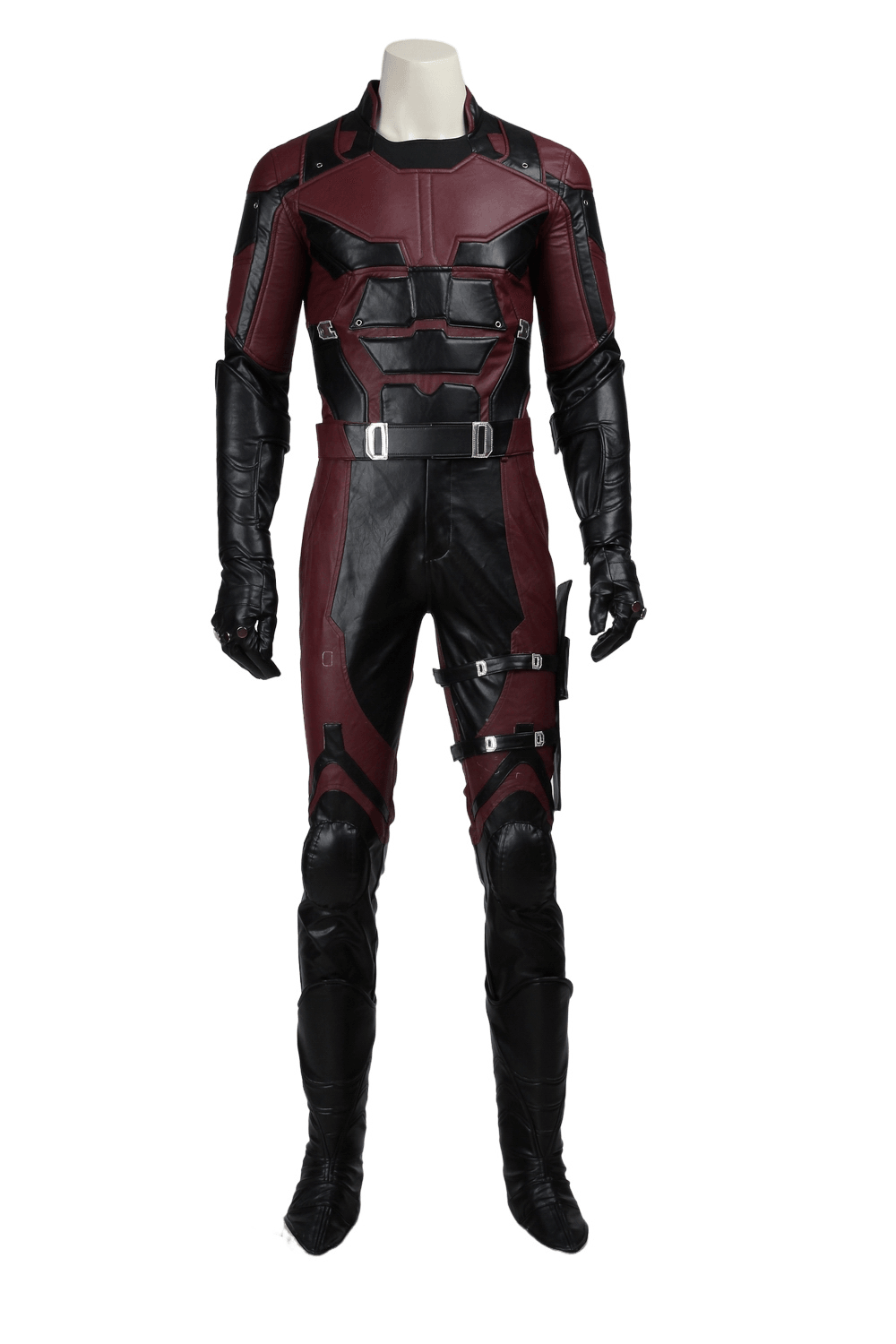Swimming costumes, also known as swimsuits or swimwear, are made from a variety of materials designed to withstand water exposure while providing comfort, flexibility, and style. The choice of fabric plays a crucial role in determining the swimsuit's performance, durability, and overall appearance. In this comprehensive guide, we'll explore the most common materials used in swimming costumes, their properties, and how they contribute to different types of swimwear.
Common Materials Used in Swimming Costumes
Synthetic Fibers
1. Nylon Blends
Nylon blends are among the most popular materials used in swimwear, especially for women's fashion swimsuits. These blends typically consist of about 80% nylon and 20% elastane (also known as spandex or Lycra). Nylon provides softness and comfort, while the elastane component offers excellent stretch and body-hugging properties.
Characteristics of Nylon Blends:
-
Soft and comfortable feel
-
Excellent stretch and body-contouring
-
Good durability
-
Quick-drying
-
Water-repellent
However, nylon blends are not ideal for printing, as the results can be blurry and the print may bleed.
2. Polyester Blends
Polyester blends, often combined with elastane, are widely used in competitive swimwear and are gaining popularity in fashion swimsuits. These blends offer excellent durability, chlorine resistance, and color retention.
Characteristics of Polyester Blends:
-
Strong and resilient fibers
-
Excellent chlorine and UV resistance
-
Durable and long-lasting
-
Quick-drying
-
Good color retention
-
Suitable for printing
Polyester blends are often considered the best overall choice for swimwear due to their combination of practicality, durability, and environmental considerations.
3. Elastane (Spandex/Lycra)
Elastane, commonly known by brand names like Spandex or Lycra, is a crucial component in most modern swimwear. It's rarely used alone but is blended with other fibers to provide stretch and shape retention.
Characteristics of Elastane:
-
Exceptional stretch and recovery
-
Improves fit and comfort
-
Enhances durability
-
Allows for body-hugging designs
Specialty Fabrics
1. Neoprene
Neoprene, a synthetic rubber, is commonly used in wetsuits and some fashion swimwear. It provides excellent insulation and maintains flexibility across various temperatures.
Characteristics of Neoprene:
-
Good insulation properties
-
Flexible across different temperatures
-
Thicker than traditional swimwear fabrics
-
Often used in scuba diving suits
2. Textured Fabrics
Textured swimwear fabrics, such as ribbed or velvet materials, have gained popularity in recent years.
Ribbed Fabrics:
-
Created by alternating knit and purl stitches
-
Can be made from various materials, often nylon
-
Provides a unique texture and appearance
-
Stretches more in one direction
Velvet Fabrics:
-
Super soft texture
-
Gives a luxurious look and feel
-
Can be blended with swimwear-appropriate materials
Fabric Compositions and Blends
Most swimwear fabrics are blends of different materials to achieve the desired properties. Common compositions include:
-
80% Nylon / 20% Elastane
-
85% Polyester / 15% Elastane
-
92% Polyester / 8% Elastane (for a more sporty, tight fit)
The exact blend can vary depending on the manufacturer and the intended use of the swimsuit.
Specialized Swimwear Fabrics
1. Chlorine-Resistant Fabrics
For frequent swimmers or those who spend a lot of time in chlorinated pools, chlorine-resistant fabrics are essential. These are typically made from polyester blends with specialized treatments to withstand chlorine exposure.
2. UV-Protective Fabrics
Many modern swimwear fabrics incorporate UV protection to shield the wearer from harmful sun rays. This is particularly important for children's swimwear and rash guards.
3. Eco-Friendly Options
As sustainability becomes increasingly important, some manufacturers are developing eco-friendly swimwear fabrics made from recycled materials or sustainable sources.
Swimwear for Different Purposes
Competitive Swimming
Competitive swimwear often uses high-performance polyester blends that offer minimal water absorption, reduced drag, and excellent chlorine resistance.
Fashion Swimwear
Fashion-focused swimwear may prioritize appearance and comfort over performance, often using softer nylon blends or incorporating trendy textured fabrics.
Children's Swimwear
Children's swimwear often uses durable, quick-drying fabrics with UV protection. Polyester-elastane blends are popular for their resilience and sun-protective properties.
Specialty Swimwear Retailers
While many retailers offer swimwear, some specialize in unique or costume-style swimsuits. For example, crazecosplay.com offers cosplay-inspired swimwear, such as their Mirabel Swimming Suit Cosplay Swimwear Female Dress. This type of specialty swimwear often uses similar base materials to traditional swimsuits but incorporates design elements to mimic specific characters or themes.
Care and Maintenance of Swimwear Fabrics
Proper care can significantly extend the life of swimwear:
-
Rinse after each use to remove chlorine, salt, or sand.
-
Hand wash in cool water with mild detergent.
-
Avoid wringing or twisting the fabric.
-
Lay flat or hang to dry, away from direct sunlight.
-
Avoid rough surfaces that may cause pilling or snags.
Future Trends in Swimwear Fabrics
The swimwear industry continues to innovate, with trends focusing on:
-
Increased use of recycled and sustainable materials.
-
Development of fabrics with enhanced UV protection.
-
Integration of smart textiles for performance tracking.
-
Improvements in chlorine and saltwater resistance.
-
Advancements in quick-drying and odor-resistant properties.
Conclusion
The choice of material for swimming costumes depends on various factors, including intended use, desired properties, and personal preferences. While nylon and polyester blends dominate the market, innovations in textile technology continue to introduce new and improved fabrics.
For general use, a polyester-elastane blend offers an excellent balance of durability, comfort, and performance. However, those with specific needs, such as competitive swimmers or fashion-forward beachgoers, may prefer specialized fabrics that cater to their requirements.
As the swimwear industry evolves, we can expect to see continued advancements in fabric technology, with a growing emphasis on sustainability and performance. Whether you're looking for a practical suit for lap swimming or a stylish bikini for lounging by the pool, understanding the materials used in swimming costumes can help you make an informed choice that meets your needs and preferences.







